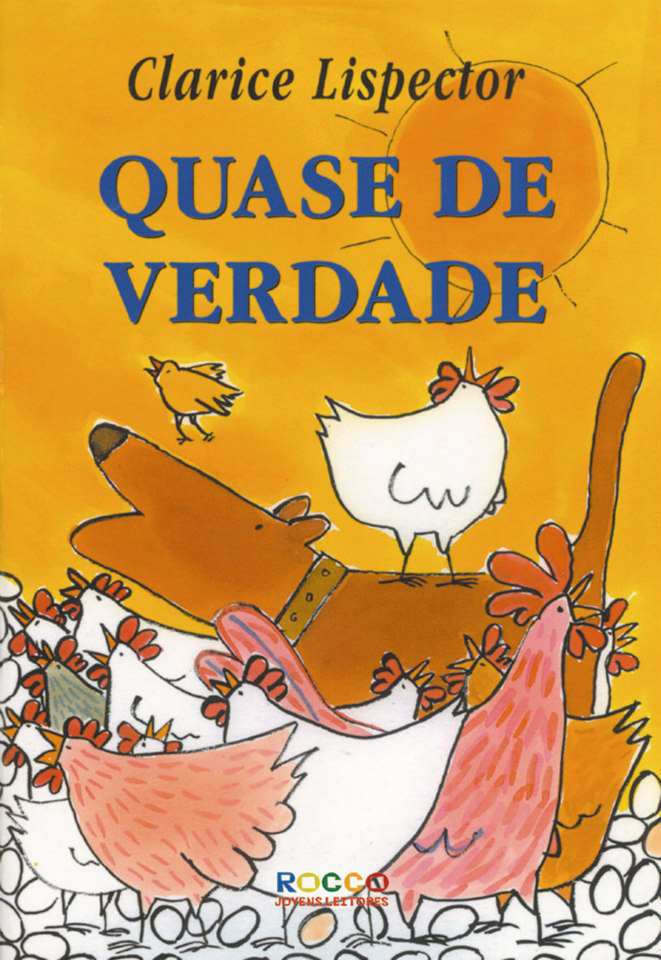The work Almost True* dates from 1978. The usual opening in children’s narratives is strained: ”Once upon a time… Once upon a time: me!”, either by the pronoun that explodes, instead of characters or spaces, or by the unexpected ”me” that corresponds to the dog Ulisses. The beginning prepares the plot “for real” which, as in some adult narratives by the author, takes a long time to arrive. The story of the dog Ulisses and its owner, Clarice, proposes questions, both simple and complex, and turns slippery the concepts of reality and fiction, lies and truth. After all, the strategy of text construction shows Ulisses as an observer, while Clarice, who understands his barking, writes what he tells her. The narrative frame unfolds (“I bark at Clarice,” “and she writes what I tell her”) while the touch of orality, which runs through Clarice’s works aimed at children, is more intense. In this story barked at Clarice, the narrative is punctuated by a singing bird, a device that makes room for fantasy. The plot, which reaches allegorical heights, revolves around an envious fig tree, which endeavors to enslave chickens for profit. Thus, with the help of a witch, the tree lights up during the night, leading the chickens to think that it is day, and, deceived, to lay eggs. There is always room for rebellion: the chickens start to sit on the branches of the fig tree, and from there they lay eggs which break. In the end, the fig tree loses the witch’s aid and its lights go out. And peace reigns in the henhouse again. If we contextualize the work in the Brazil of the 1970s, other meanings appear – a history of power and domination in a time of censorship and use of force. Clarice Lispector’s books aimed at children played an important role in the renewal of Brazilian children’s literature in the 1960s and 1970s by abandoning pedagogy and embracing lyricism, along with a dimension that seeks to unite the narrative voice with that of the young reader. The textual construction seems to reflect a way of seeing the children’s world in such a fashion that the articulation of ideas reproduces the child’s thought process. Fascination is obtained by the ability to provoke children’s sensitivity and intuition, mainly by resorting to emotional states (without being mushy), which touch readers in training. In Almost True the reader goes from amazement to amazement, not only for the facts narrated, but for questions and statements that arise and expand. Such as for example, the final question of the narrative, which remains in the air, with no answer: “To swallow or not to swallow the pit?” A constant investigation of the literary language, Clarice’s text opens up to play with words, observed especially in this work by the characters’ names: Oníria, Ovídio, Oxalá, Odissea, Onofre, Oxelia, Oquequê.
* The book was published as a short story in collection The Woman Who Killed the Fish.
ByRosa Gens

